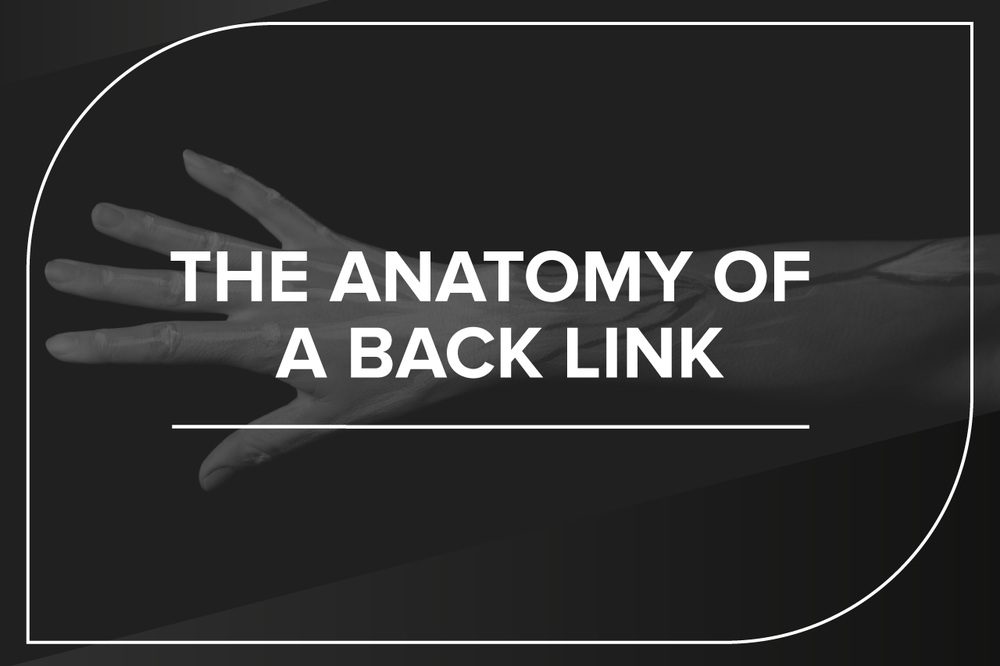Digital PR Isn’t Link Building. It’s the Most Profitable Channel You’re Ignoring
Digital PR

We hear that all the time: “Can you get us 200 links per month?” Or: “We would like 100 links for this campaign with a DR of 50+.” Those are traditional metrics in Digital PR, but do they really provide the full picture? And more importantly: Do they have positive impact on your organic rankings?
Sometimes they do, other times they do not. If the number alone was all that mattered, we could easily buy thousands of links within seconds. Those would probably rather hurt your rankings though, then improve. (We strongly advise against bulk link buying.) That is why it is time to look at more than just the pure number of links.
There are first and foremost a few things to look at that concern the link itself.
A high DR, DA or TF is great, but you also want your links to be topically relevant. Topical TF in Majestic is a good metric to measure this.
With topical relevance comes the target market and language. That does not mean that links from foreign websites are not good, but they should be relevant to your brand and the content you publish that deserved the link.
Links can come in many shapes and forms, the one we strive for is a link in content. For those, it is important how a link is embedded. Does it seem natural? Is it relevant? Does it make sense that this journalist is mentioning your brand in that context and not a competitor? If the answers to those questions are negative, the link might give the impression of a paid link that has been shoehorned in by a not-so-clever link builder.
Other types of links that can be good are image links. However, a high number of image links in a backlink profile can also be an indicator of spam.
Site wide links or links in the navigation are nice if you want to connect your different brands. The value they bring for SEO though is disputed as it can be easily manipulated.
The same applies to links in user comments or directories. If you can easily access a forum or a comment section or submit links in a directory, the value for SEO is low. Those tactics worked in the past, but Google’s algorithm has evolved over time. If it is too easy, it probably does not make a big impact.
Google has changed its stance on nofollow links plenty of times. They now seem to hold more value than they used to, but a follow link is still preferred in the industry. Links marked as “sponsored” hold the least value but can still get you some brand exposure. Keep in mind that a natural backlink profile always has a certain percentage of all link types. If a profile looks “too clean”, it probably is.
The link itself is a nice achievement but when it comes to measuring value it is also important to look at the rest of the website.
Is this website getting traffic? Is it ranking for a significant number of keywords? Do both numbers align? If a website ranks for 500 keywords but the traffic estimate is only 20 visitors per month, the value of the website is questionable.
You also want to take penalties into account. A website can have a high TF but have been penalised by the search engine. Traffic and ranking drops are a good indicator to recognise a penalised site.
It is no secret that duplicate content is not good for SEO and yet, syndication is an acknowledged tactic. Where duplication ends and syndication starts can be hard to determine at times.
When it comes to outreach campaigns, one journalist might publish your story and others re-publish what the first one wrote. That can significantly increase the number of links to your campaign. When measuring their value though, the first link is a lot more important than the syndication links.
We may sound like a broken record, but: buying links is not a recommended way to do SEO in 2021. Yet, we still see many websites doing it. This can also impact your outreach campaigns. You might have gotten the link without any payment in return, but if that same website is also selling links, your link might get devalued too. This aspect is hard to measure as neither we nor Google’s algorithm could ever determine for sure whether a link was paid for or not. But if it looks like a duck, swims like a duck, and quacks like a duck, then it probably is a duck. Try not to reach out to those websites in the first place.
This last one seems to be the most obvious one, but still is forgotten many times. If the URL of the page that is linking to you is not indexed in Google, the link cannot pass any value. Simple as that. The link should not only be devalued in your reporting, but it should also not be counted towards your KPIs until it is indexed.
When we do an outreach campaign, the audience we are primarily trying to reach are journalists. Those that can pickup our content and publish new content around it with a link. In that context, we should also look at those metrics that matter to journalists. Amongst those we find the number of page views, the time spent on page, comment activity and social shares, in short: engagement metrics.
Those figures do not have a direct impact on rankings, but they increase your chances of attracting links significantly. Additionally, it provides brand exposure.
Counting links and noting DA, DR or TF figures remains the most feasible way to measure the success of a backlink campaign, but there is more to take into your reports and campaign creation. Most importantly, one single link is not tipping the scale, it is your overall backlink profile that matters.